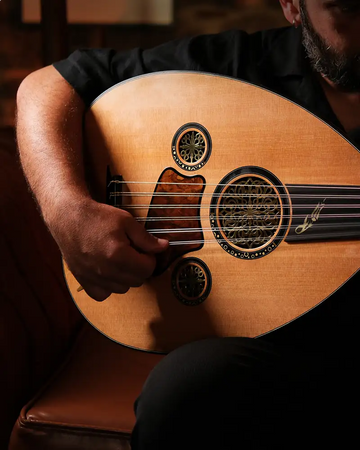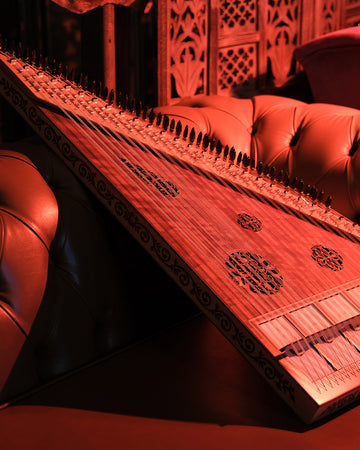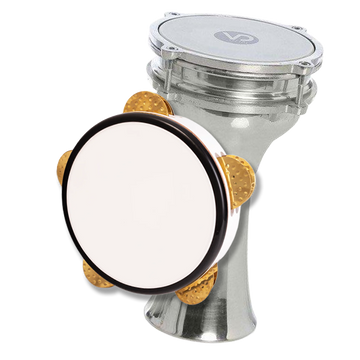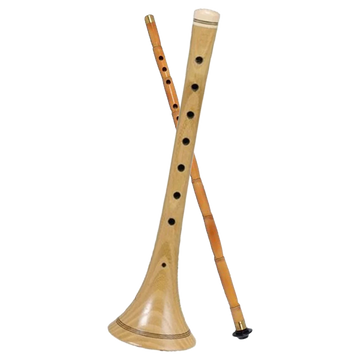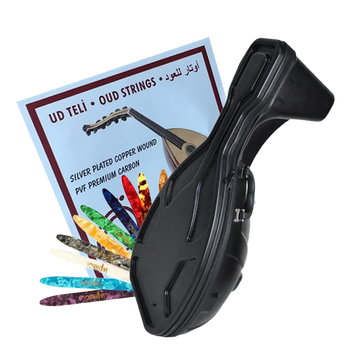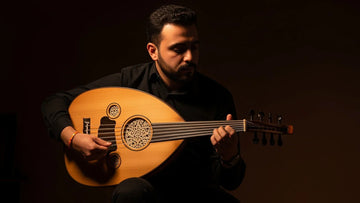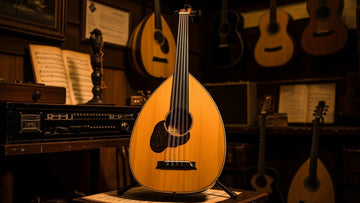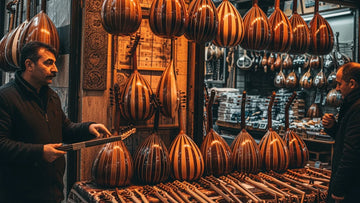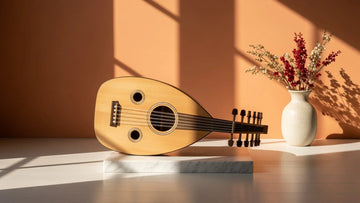CAJON:
The Cajon is a precursor instrument that from Peru. The word Cajon is derived from the Spanish word meaning a box, drawer, or coffin. This instrument was developed by the African slaves in the 16th century.
There are two correlative origin theories for the instrument:
1- It is acceptable that the drum is a direct dangling of a number of boxlike musical instruments from west and central Africa, especially Angola, and the Antilles. These instruments were acclimated by Peruvian slaves from the Spanish shipping crates at their disposal. At other places small dresser drawers became instruments.
2- Other theory was that slaves simply used boxes as musical instruments to combat coetaneous Spanish colonial bans on music in ordinal African areas.In this way, cajones could easily be masked as seats or stools, thus avoiding verification as musical instruments. In all likelihood it is a combination of African origins and Spanish suppression of slave music - that led towards the ceation of cajón's .
Distinction:
Cajon was sanctioned to the instrumentation of the vals criollo, or “creole waltz.” Now it has become a national ensign for Peruvians, and is an integral part of any playwear that performs the traditional folk music of Peru.
Today’s cajon drum still follows the basic constructions and spectrum of the early cajon’s.
However, these days when it comes to selecting for the band, the world of cajons is little different and confusing. Now Cajons have taken over the world of music. Musicians all over the world prefer this instrument because of its easy use and the type of beats it produces.
Shaping:
Cajon has six sides and is played by hitting the instrument with hands by sitting at the top of it. Apart from hitting it with hands, some performers prefer to hit it with drumstick and mallets.
Different types of Cajons have developed now and continuously developing in the market. The instrument developers have built cajons with different combinations of materials, shapes, and sizes.
The core design of this instrument is graceful but simple. With the passage of time , the design of the Cajon had undergone several changes. The instrument is added up with a thinner sheet of wood from thick boxes to add a snap and distinct projection—the thin sheets of plywood measures about ½ to ¾ inches thick for many striking points.
Correspondent to a snare drum, the edge of the Cajon produces a high and sharper tone, perfect to use as a backbeat.
However, a lower pitch can be heard, which typically functions as a bass drum as the performer move closer to the center front of the Cajon. On the backside of Cajon there is a sound hole. Today’s Cajons have rubber feet and has a number of screws to adjust the timbre. The developers use cords in making cajons to create a buzz-like effect. In Addition bells were also sometimes installed inside the cajon’s cords.
Cajon’s now days, has been in many cultures throughout the world. We are presenting a variety of these beautiful musical drums. You may choose any of them and can get your choice in reasonable price.
